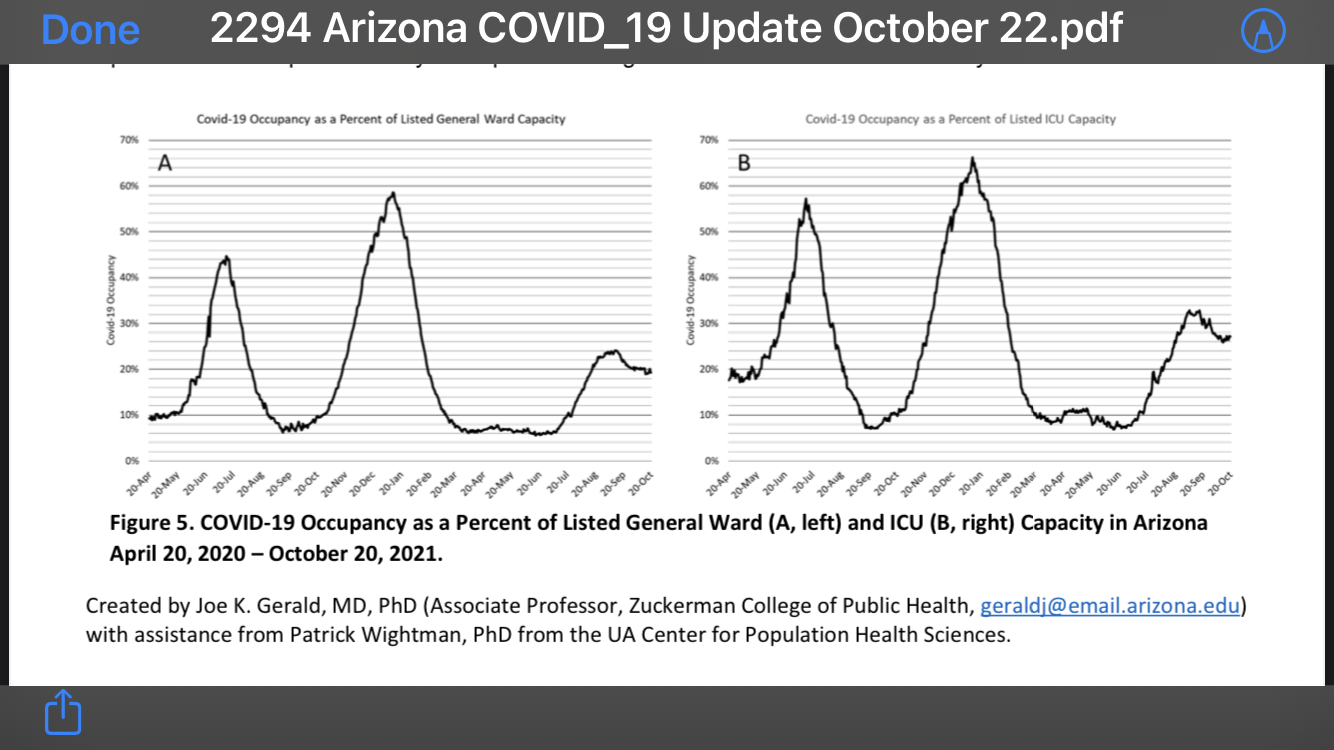It took the Arizona Supreme Court less than two hours last week to slap down the Legislature and Doug Ducey’s law micromanaging schools by prohibiting them from requiring masks indoors in classrooms. It was a unanimous ruling from the 7-judge court (the majority of the court has been appointed by Ducey).
The ruling means dozens of policies that were crammed into the budget reconciliation bills (BRBs) are now void (including the harmful micromanagement of K-12, university and community college mitigation measures).
The Court will release a detailed opinion that will become an important part of Arizona case law in the coming weeks. Doug Ducey, through his flack, described Cooper as a “rogue” judge interfering with the affairs of the executive and judicial branch. Perhaps he has forgotten the basics of civics?
Judge Cooper had ruled that Ducey’s ban on school mask requirements violates Arizona’s constitution because the Budget Reconciliation Bill (HB2898) that contained the harmful ban violates the Title Requirement of the Constitution- which says that the title of the Bill needs to reflect the contents therein.
Here are direct excerpts from the Superior Court Ruling:
The Arizona Supreme Court apprised the Legislature that the single subject and title requirements apply to budget-related bills. And, in Hoffman, the Court specifically stated the single subject rule applies to every act considered by the Legislature. Despite these warnings, the Legislature passed four budget reconciliation bills that fail to meet the constitutional requirements of Section 13. For the reasons stated, the Court finds that the BRBs violate the title requirement and SB1819 also violates the single subject rule.
Universities, K-12 schools, and community colleges can now ignore the anti-mitigation portions of those BRBs. Importantly, the Legislature will no longer be able to cram unelated pieces of legislation into budget bulls in the future. If they do, a lawsuit could quickly be filed, and any judge will be able to look at this Supreme Court ruling to quickly void a noncompliant law.




